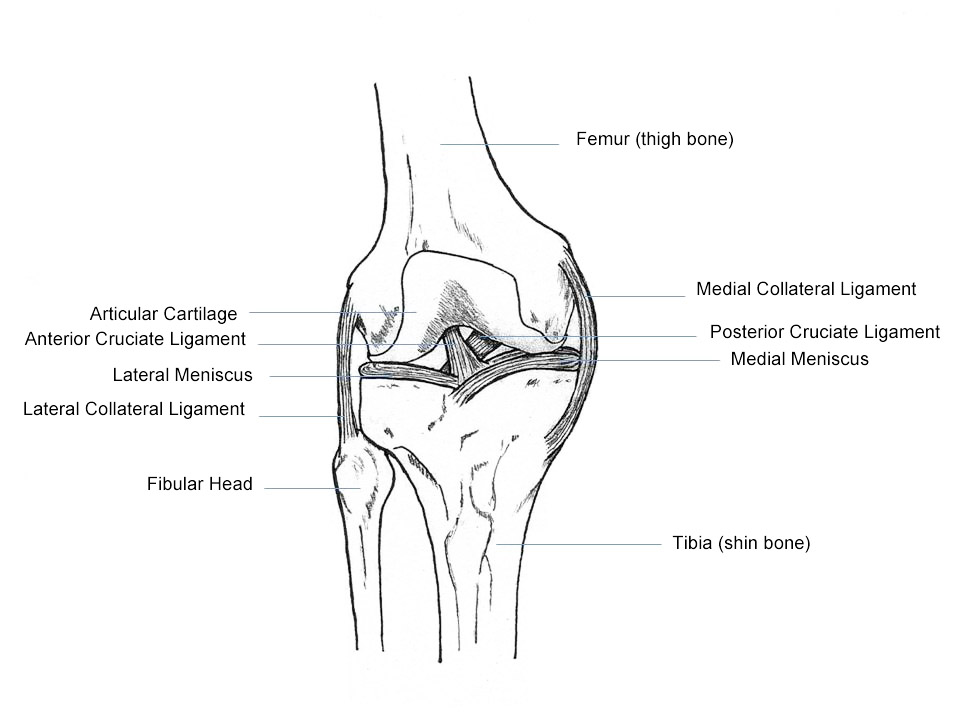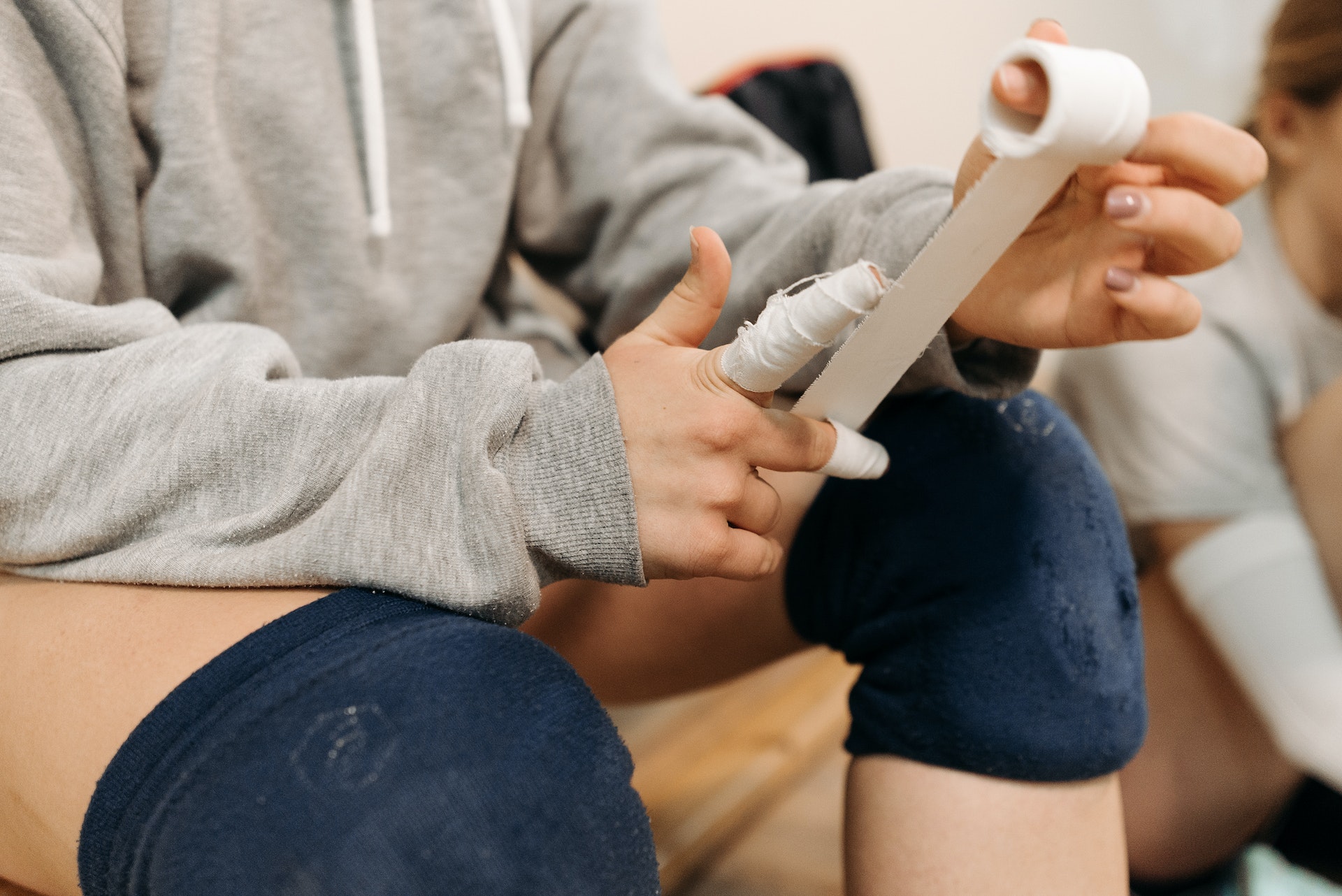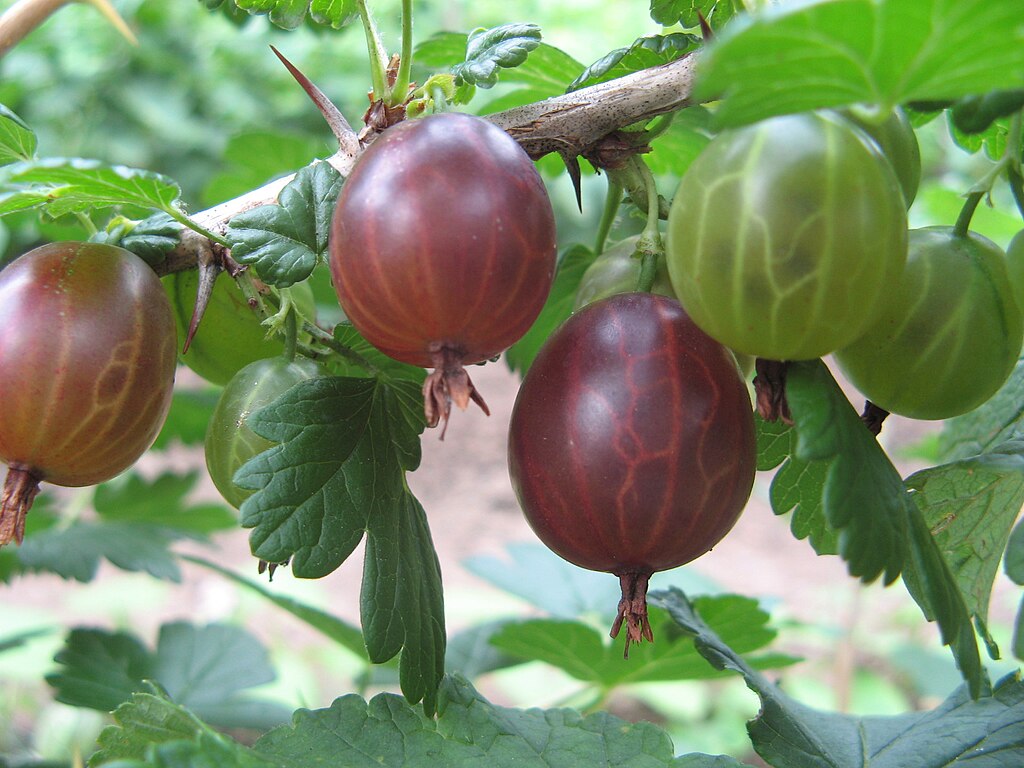Our knees are big joints with an even bigger job. We depend on them to stand, bend, get around, and bear heavy loads. These complicated structures are built to last, but like any valued tool, they perform better with proper care and maintenance.
As we age, the effects of neglect or overuse are readily reflected in our knees. Osteoarthritis — a painful condition resulting from the deterioration of joint cartilage — affects most seniors. Around 18 million people seek medical attention for knee pain annually, with some 500,000 opting for knee replacements.
Would you like to extend the warranty on your knees and bring these numbers down? There are three general areas where good habits can improve the health of our knees: protection, exercise, and diet. To understand why, let’s take a quick look at the knee.
Knee anatomy

Four bones — the femur, tibia, fibula and patella (knee cap) — come together to make the knee joint. The bones are connected by lateral and collateral ligaments, and tendons tie in the muscles.
Each of these bones has a thin, smooth coating of articular cartilage which protects the bone and reduces friction. Additional cartilage, in the form of two tough, rubbery, triangular masses called the meniscus, cushion the impact between the femur and tibia.
Success
You are now signed up for our newsletter
Success
Check your email to complete sign up
The fluid-filled synovial membrane surrounds the knee and lubricates the cartilage to further reduce friction.
Damaged cartilage can take a long time to heal since, unlike most tissues, it does not have a blood supply. Cartilage loss can be caused by both overuse and injury, so protection should be a top priority in knee care.
Protect your knees from injury

With each step we take, a knee joint bears one and a half times our body weight. For an average-sized, active adult, this could add up to around a million pounds per day! Additional stress from our various activities and employment can lead to progressive damage over time, but it doesn’t have to. Protecting your knees now can have a lasting effect for the future.
- When you need to lift heavy objects or squat, use proper body mechanics to reduce strain.
- Stretch the knees before activities and sports to improve flexibility and prevent damage.
- Always use the proper safety equipment, including knee pads, braces, and good, supportive shoes for your chosen activity.
- Use proper form when performing everyday movements, not to mention special movements like jumping, pivoting and kicking required for sports.
- Maintain a healthy body weight to reduce the load and facilitate mobility.
Strengthen knees with exercise

Regular exercise, especially low-impact activities, can help strengthen the ligaments, muscles and tendons of your knees without straining them. Physical exercise is also known to reduce inflammation, making it an effective therapy for those suffering from knee pain. Ideal low-impact activities include:
- Bicycling — for transportation or sport
- Swimming or water aerobics
- Mind-body practices of gentle exercise and meditation
- Walking, hiking or forest bathing
Specific exercises for knees include strength training and various stretches for the surrounding muscles. While a gym can offer specialized equipment and instruction, many of the exercises are simple and effective without the extra cost of a membership.
- Side lunge: Stand with the feet apart, making a 45 degree angle with the legs. Hold the hands in front of the chest for balance, and lunge to one side, keeping the toes facing forward. Hold for 30 seconds and switch sides.
- Hamstring stretch: Lie on your back and bring one leg up towards your chest. With your arms, pull that leg as close as you can without causing pain. Hold for 20 seconds and switch legs.
- Quadriceps stretch: Stand with good posture and take one ankle in the opposite hand, using the other hand for balance. With the foot behind you, gently pull up and back for 30 seconds, then switch legs.
- Standing calf stretch: Stand at arm’s length away from a wall, with one leg forward and the other back. Use the wall for balance while you lean into the wall, bending the front knee and stretching the rear calf. Switch legs after 30 seconds.
- Straight leg raise: Lie on the back and bend one knee. Using the quadricep muscle, slowly lift the straight leg up as high as is comfortable. Slowly lower the leg, then relax the muscle. Repeat and switch sides.
- Standing hamstring curl: Holding a chair or other sturdy object for balance, stand straight, and bend one knee so the foot is behind while the thighs remain parallel. Slowly lift that foot up towards the buttocks and back down. Repeat and switch legs.
- Side lying abduction: Lie on one side, with the knees together and legs straight. Rest the head on the lower hand, and place the upper hand on the floor for balance. Raise the upper leg to a 45 degree angle, keeping it straight. Hold the leg up for two seconds and lower it slowly. Repeat and switch legs.
Enjoy foods that promote healthy knees

A well-balanced diet rich in whole grains, fruits, and vegetables will help maintain a healthy body weight, easing the burden on your knees. Some specific nutrients can also improve knee health.
Omega-3 fatty acids, found in foods like fatty fish, olive oil, flax seed, nuts and purslane, can help reduce inflammation, and thereby reduce joint pain — a real plus in performing knee-strengthening exercises. Other anti-inflammatory nutrients include vitamins A and C.
Dairy, orange vegetables like winter squash and carrots, eggs, leafy greens, red peppers and liver are all good sources of vitamin A. Vitamin C is abundant not only in oranges, but also potatoes, just about every vegetable in the cabbage family, most berries, tomatoes, and red peppers.
Vitamin C is also necessary for the formation of collagen (a chief component of knee cartilage), as are zinc and copper. These minerals can be found in meats, shellfish, nuts, whole grains and beans.
READ ALSO:
- Reflexology – An Ancient Approach to Wellness, Starting With the Feet!
- Transcending Pain: Understand, Accept, and Become Comfortable With Discomfort
- Kefir: A Gift From the Gods for the Gut
To enjoy comfortable mobility into your later years, give your knees the attention they deserve. A little TLC goes a long way, even when it is self-administered.













